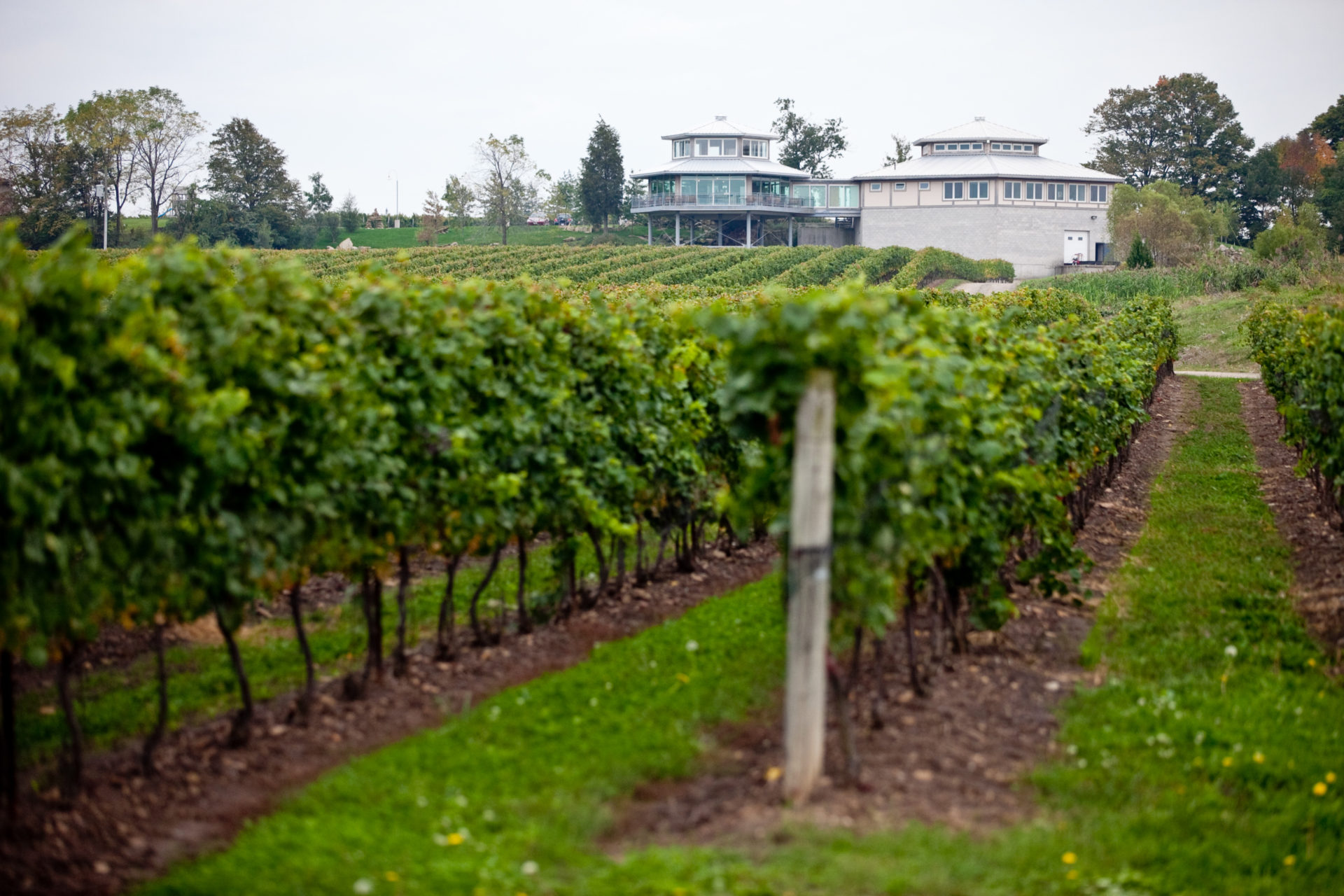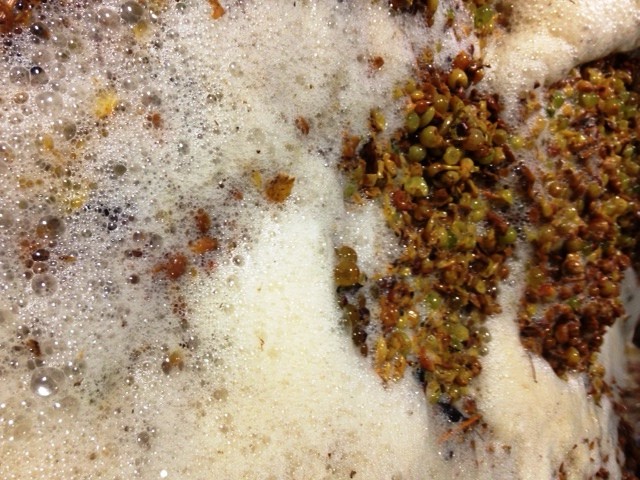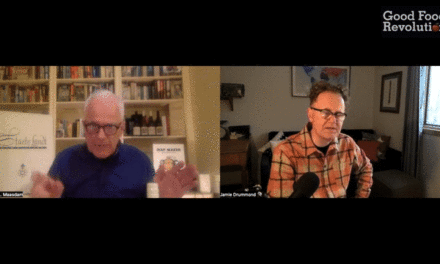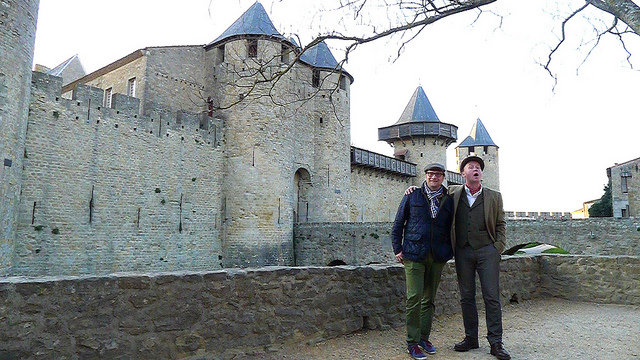
We all have those wines, the memorable kind, the wines where you can recall where you were when first introduced to each other. While I know I have many more years of wine drinking before me, I can still look fondly on my list of memorable wines, at even this humble stage. Let me introduce you to memorable wine number nine, Flat Rock Cellars, Nadja Riesling, more specifically their 2008 vintage.
The 2008 Nadja Riesling made me think of elegance in a glass and summer days of innocent frolic, peppered with yellow flowers. Kind of like a scene from a summertime love story on the Hallmark Channel. The previous may sound cheesy to you, but this wine made me gushy and led me down the path to understand what was happening in my glass.
Single-Vineyard to Subplot Distinction
I recently had the chance to meet with cellar master Allison Findlay of Flat Rock Cellars, and we discussed Nadja clearly and single-vineyard management on many levels.
The textbook definition of single-vineyard is that the grapes used to make a wine come from the same vineyard. So, with an operation like Flat Rock Cellars, almost all of what you get from the winery can be considered a single vineyard wine. But for the geeks in this room, you’ll find it fascinating how they view their singular property as one made up of microcosms of itself.
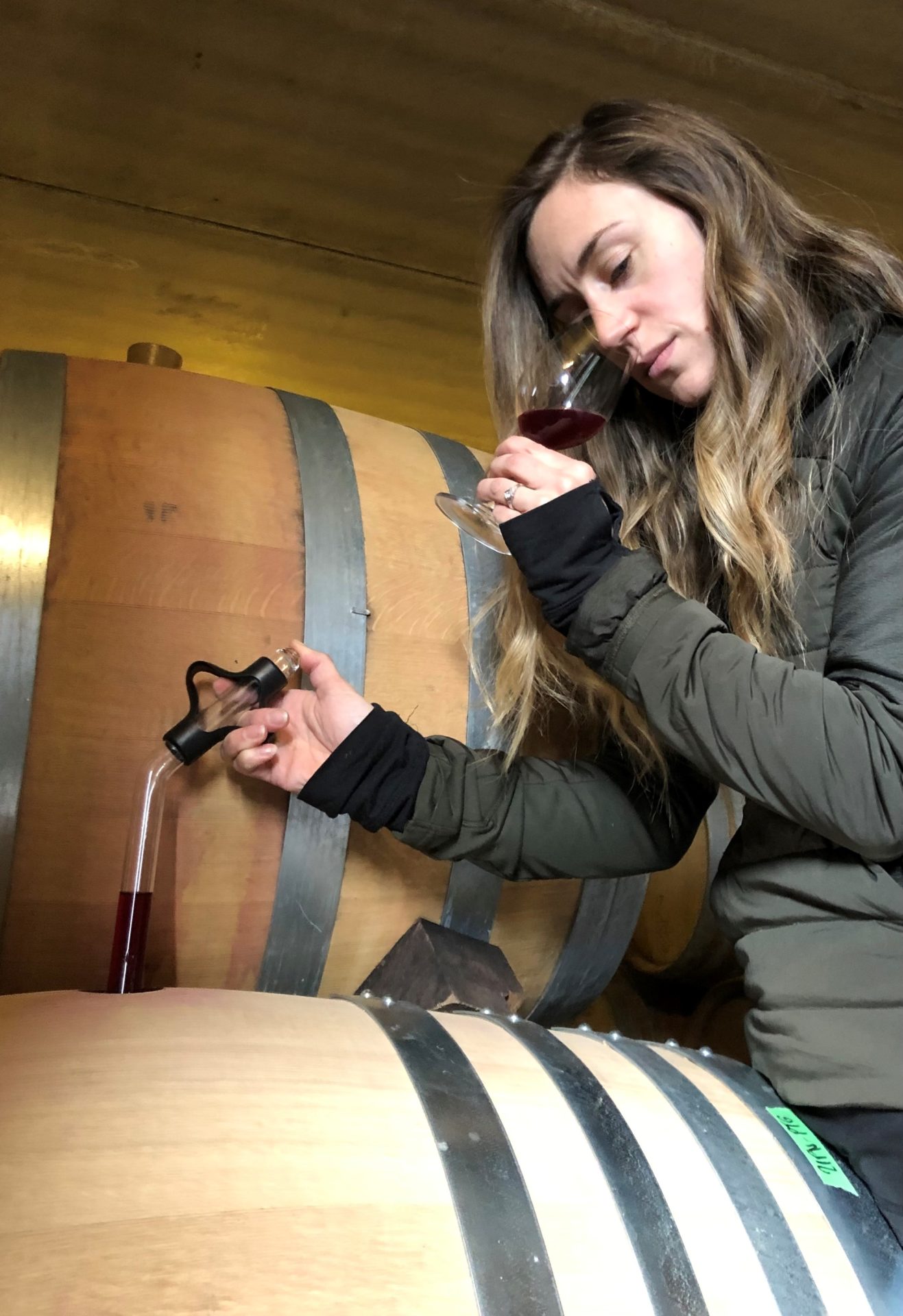
Cellar master Allison Findlay of Flat Rock Cellars.
“On the Flat Rock property, you can find 24 subplots” Allison explained, “Each one is marked for the differences they bring to the grape; 24 levels of soil ripeness and aspect ratios. They are distinctly different”. Her attuned understanding of what each section of the land is giving is impressive, mainly because we are talking about 68 hectares of planted grapes. Of course, the gentle slopes that the winery sits on also play a role in subplot distinction. “The elevation, rolling hills, and warmer temperatures up on the escarpment has a huge effect. When Ed Senior finally bought the property, he for sure purposely selected this location because of the terroir” said Allison.
Given a breadbasket of grape expressions at Flat Rock, you get some wonderful subplot blending happening that, on the palate, adds to the wine’s complexity. Now, let’s take it back to Nadja Riesling. You have the opportunity to take your microcosms and make an endless amount of expressions of Chardonnay, Pinot Noir, and Riesling (Flat Rock’s main grapes) through subplot blending. Still, you dedicate a sizeable portion of your vineyard to grapes used only to make Nadja. I call out this land distinction because I had the opportunity to taste the Flat Rock Cellars 2018 Nadja Riesling alongside their 2019 Estate Riesling; this is a great example of how a sense of place and even subplot can be distinctly recognized.
The grapes that go into the Nadja Rieslings are from vines found at the front of the winery, in the most elevated part of the property. The vines grow on either side of the long driveway that leads up to the main building and tasting room. Again, we were tasting the Flat Rock Cellars 2018 Nadja Riesling alongside the 2019 Estate Riesling. While the two share trademark Riesling notes, the specificity of site and the Riesling grapes used to make the Nadja were unmistakable. The Nadja has a linear feel and a complex long finish, regardless of year and vintage variation. The grapes, the site, the limestone, and the elevation do much of the work that bears fruit in your glass as this is one of the Flat Rock wines with very little winemaker intervention. When drinking Flat Rock’s Nadja Riesling, you are tasting “place” at a meso-level. If there were any debate on what kind of effect “place” has on serious wine production, Nadja Riesling could be submitted as a fine rebuttal. This approach to vineyard distinction and winemaking has seen Flat Rock Cellars produce some magical wines over the years.
Rebranding with a Sense of Place in Mind
At the time of my visit, Flat Rock Cellars had just released its rebranding efforts to the public. The winery had been adamant, for years, that an outward and visible shift highlighting a “sense of place” to match their operating beliefs was necessary. After company workshops, noodling, and memos the team landed on what it was that drove them and how they wanted that reflected in everything they shared. “It took three years to land on this. After years of discussion, we understood that it was this land that was driving us, and that it is our place”. This sense of pride and respect for the land was evident with every Flat Rocker I came in contact with and evidenced by their long time beliefs in preserving their terroir.
The rebrand comes with sleek labels that highlight terroir and “place”. However, what stood out to me was the prominence of the inukshuk on Flat Rock Cellars’ latest materials and bottle enclosures. The FR motif has been replaced with an image of the famed stone monument on the property, reminding you of a sense of “place” each time you put your hand on a bottle, and ensuring Flat Rock Cellars continues to tell their story with every glass poured.

